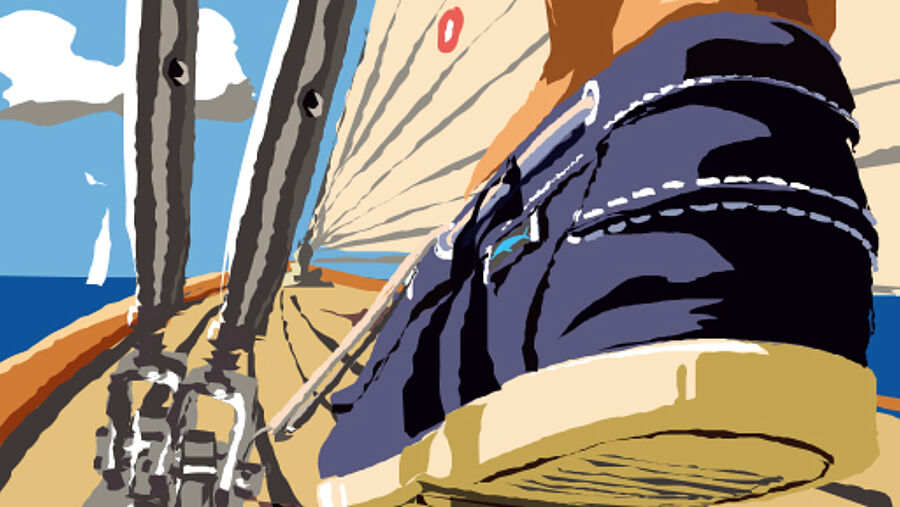Attention Attention!
Let’s be honest: when was the last time a professional rig check was carried out? As many of us know, almost everything on board a yacht relies on the rig, and yet, often, it is not given the attention it deserves. Any rigging is only as strong as its weakest link and, for sailors, a broken mast is probably the worst thing that can happen. Nevertheless, the rigging is often neglected because of time pressure and lack of technical knowledge.

Even the most minor deficiencies on the rig, such as a pin in the fork terminal that is too small, worn shroud tensioners or a bent or missing split pin, can result in a broken mast. In the last three years alone, Pantaenius has handled around 500 claims in this context.
"Damage to the profile of the mast and standing rigging, up to the loss of all sails and considerable damage to the deck, electronics and fittings, can easily cost between 30,000 and 100,000 euros for a standard 42-foot yacht. For older boats, this can mean a total financial loss," says Axel zu Putlitz-Lürmann, Head of the Claims Department at Pantaenius in Hamburg.
The route to having improved on-board safety is to have a regular routine of inspection and maintenance, in order to prevent rig failure. Of course, it is possible that a damaged rig could go unnoticed for many years and not cause a problem, but at some point, what could go wrong will go wrong! An exceptional case of strong winds and high waves can create enough force to overload an already damaged rig and what was not thought possible does, in fact, happen.
Some yacht owners leave the mast up all year round. However, whether in the water or onshore, a complete inspection of all components on a standing rig is not possible. It is, therefore, strongly recommended to regularly take the rig down, loosen the shroud connections to the mast and to check them. We advise to do this during autumn. Even if you normally would stow your rig away at that time of year, it makes more sense to do it then as opposed to just before the start of the season, because you will then have more time to enquire about spare parts, order them and install them or have them installed.
If you notice signs of wear, corrosion or cracks, you should consult a rigging expert. In any case, it makes sense to have a rig check carried out by a trusted rigger on a regular basis. Their trained eyes can detect potential faults or areas that could fail at an early stage. Many service companies offer comprehensive rig checks – this is a sensible investment that should be made at regular intervals!
How often a professional check should be carried out depends on the amount of stress that the rig is exposed to. A yacht that has sailed in a regatta or a cruising yacht that is used for long trips needs to be checked more often than a boat that is only sailed for days or hours.
COMPLETE RIG REPLACEMENT
The rig is exposed to enormous stress throughout the season due to salt water, UV light and swell. It is clear that at some point even the strongest material will reach its natural half-life. Many manufacturers recommend replacing the standing rig every ten to fifteen years or after 20,000 to 25,000 nautical miles.
Did you know that the standing rigging, fittings and terminals, are also exposed to various load changes whilst you are in port? Ask your rigger if the shrouds, stays and tensioners need to be replaced due to wear-and tear or their Age.
